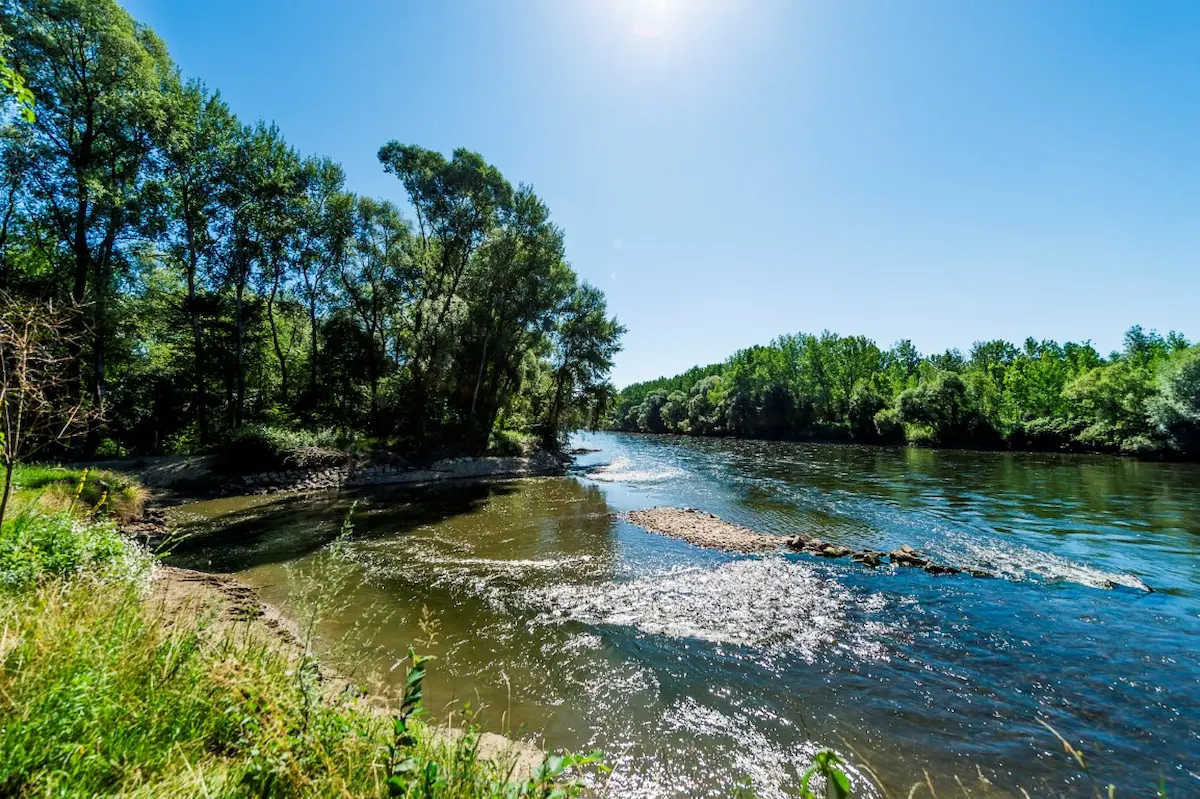Styria, the green heart of Austria. Many people may think of alpine landscapes with high peaks, tranquil mountain lakes, idyllic alpine pastures and deep gorges when they hear this slogan. However, the forest and mountain regions are by no means the only tourist attractions in Austria's second-largest federal state, which is so richly blessed with different climatic zones and landscapes.
The name says it all
The Styrian thermal spa and volcano region is a particularly attractive destination, named after the numerous volcanic cones and fragments that rise up from the graceful hilly landscape. Here, where the earth erupted 17 million years ago and released enormous pent-up energy on the south-eastern edge of the Alps, people still benefit today from the beneficial heat supply from the earth's interior, namely where fire and water meet. Hot springs of up to 110 degrees bubble up from a maximum depth of 3,000 meters at five thermal spa locations and provide those seeking relaxation and recovery with particularly soft, healing water.
But the region in the south-east of Austria offers far more than just relaxation; it rightly adorns itself with the epithet of a region of experience and enjoyment. Curious? Find out what it's all about here.
Special nature experiences in hilly and river landscapes
In addition to the geological and natural conditions, traditional agriculture in the Styrian thermal and volcanic region with its predominantly small mixed farms also made a decisive contribution to the mosaic of diverse elements. Even though cornfields dominate the agricultural landscape in some places today, visitors to the region are still enthralled by impressions of a unique hilly landscape, sometimes reminiscent of Tuscany.
There, as well as in the plains, mixed forests, floodplains, pastures and orchards invite you to explore nature. And scattered in between are vineyards and fields where the fruits that produce the famous “green gold of Styria”, namely oil pumpkins, grow.
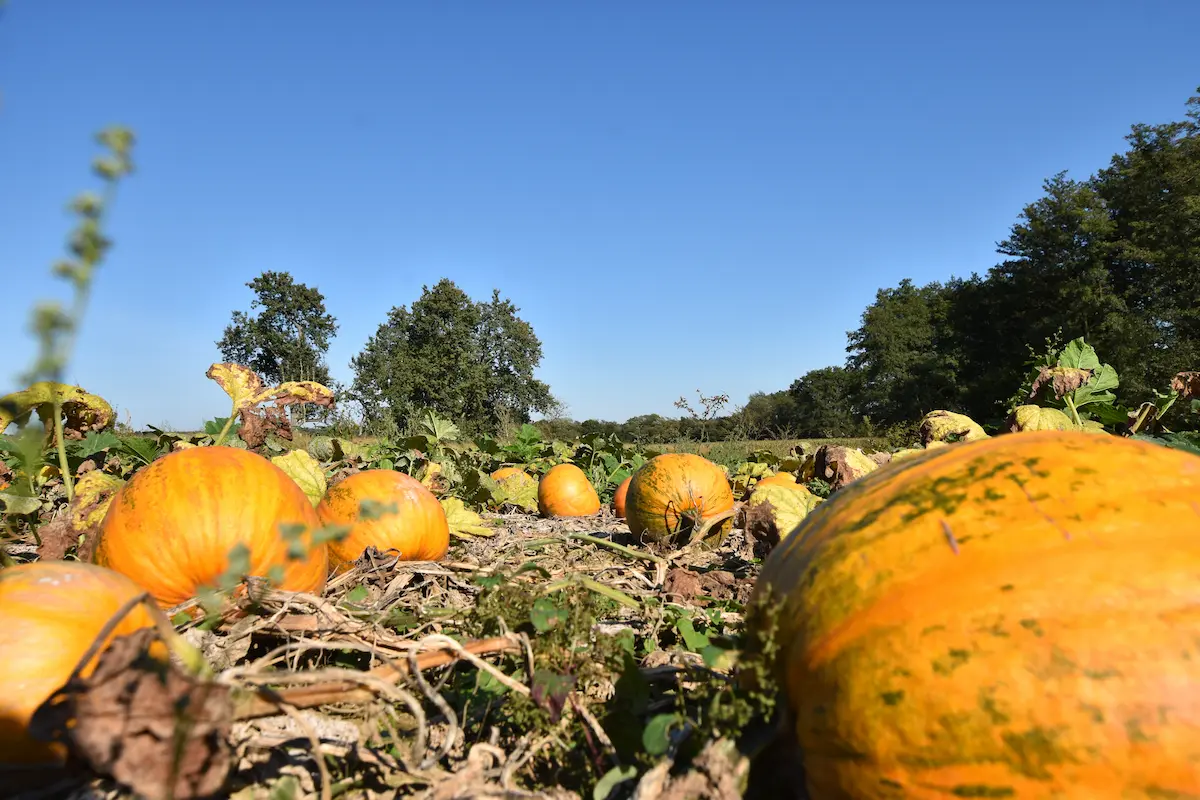
The diverse landscape of southern and eastern Styria offers a refuge for many animals and plants, especially rare ones. To date, over 10,000 species have been recorded in the region.
A special faunistic jewel is the last breeding population of a bird species that is otherwise extinct in the entire German-speaking region, the European Roller. Alongside the bee-eater and the kingfisher, this most colorful species in Central Europe owes its survival to the efforts of the association “Living Earth in Vulkanland”, which was founded specifically to protect it. This association manages 300 nature conservation areas such as meadows, ponds and orchards and is committed to networking with populations of this spectacular, jay-sized bird in south-eastern Europe.
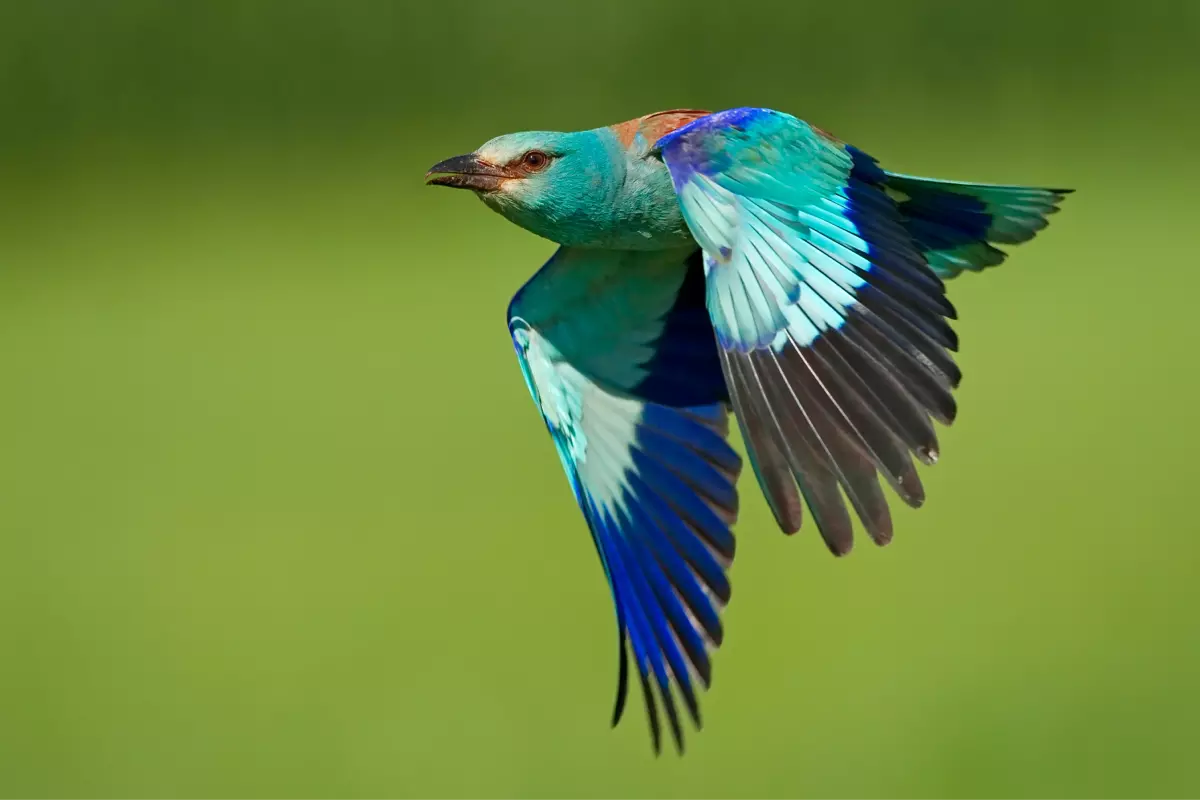
The association relies exclusively on guided offers such as ranger tours, and the habitats are of course not disclosed to the public in order to avoid disturbance. The bluethroat population is too small and sensitive and the risk of unauthorized access to the breeding area is too great.
In autumn, interested parties can take part in guided tours of the association's mushroom-rich forests, in winter to geological sights and in spring, migratory and breeding birds as well as orchid-rich meadows are on the program. Remarkable: The nature conservation alliance, also known as the “Blaurackenverein”, runs its own ecological farm, mows over 250 meadow areas once or twice every summer according to a special management plan and harvests 1600 high-stemmed fruit trees in the fall. In between, there are always interesting public events such as pruning courses, basket weaving, scythe mowing courses, excursions to neighboring nature reserves, the Night of the Bats, the Blaurackenfest, fruit variety days or mushroom courses.
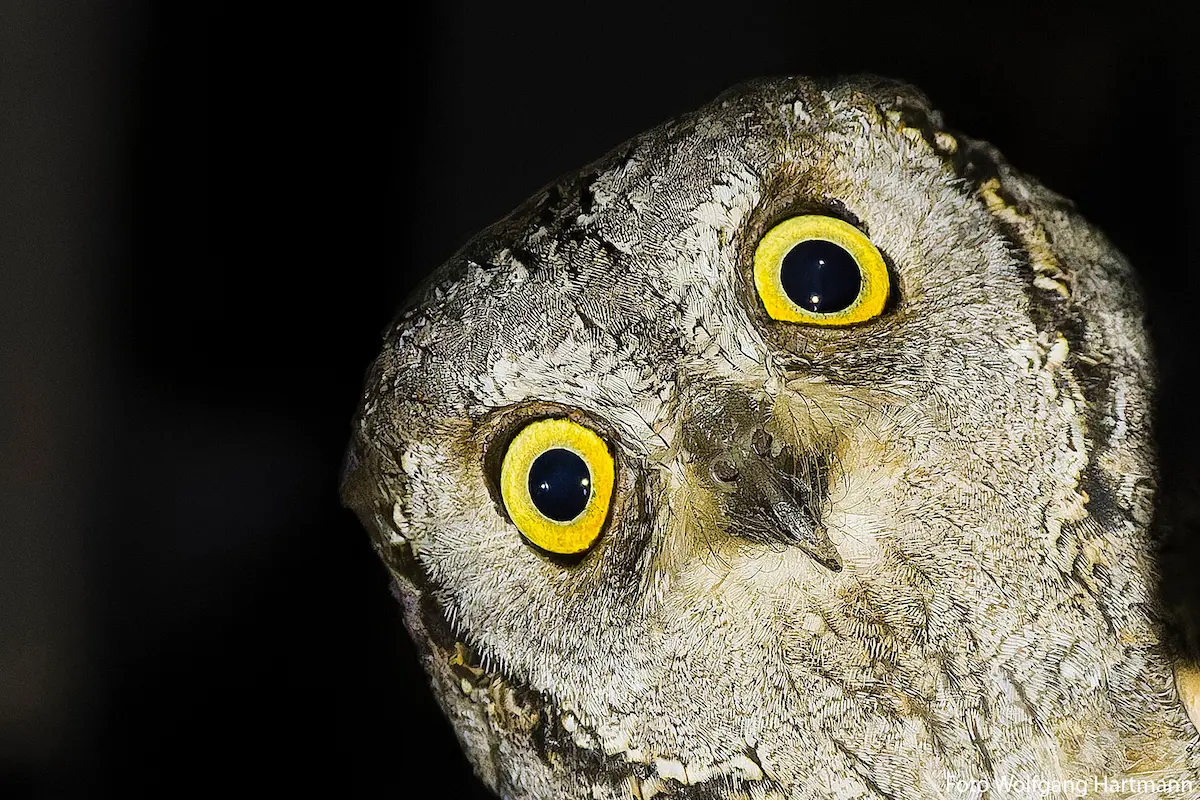
Municipality of Unterlamm - “People and nature in harmony”
In 2019, the working group “Man & Nature in Harmony” was founded in the south-eastern Styrian community of Unterlamm with a population of 1,200 with the aim of preserving the unique natural and cultural landscape of the village with its huge biodiversity through sustainable and holistic action. However, the declaration of intent did not last long. Thanks to the tremendous commitment of citizens and the community, it was possible to plan and implement a dozen “ERLebensräume” in a short space of time with the support of the Styrian Nature Conservation Association and funding from an EU LEADER program.
One project, which was not only intended to promote biodiversity but also set an aesthetic example in the community, was dedicated to the creation of a “5-star insect hotel”, which was finally realized in summer 2021. This “luxury hostel” is located in the middle of a bee flower meadow and a butterfly garden. It offers numerous species of butterflies, wild bees, beetles, grasshoppers, flies, mosquitoes, lacewings as well as amphibians and reptiles a place to live and breed. The appealing design was created by the local artist family Marko with the involvement of kindergarten children and pupils from the elementary school. A project that is recommended for other communities to emulate, as it combines the promotion of endangered species with an action-oriented, creative form of environmental education.
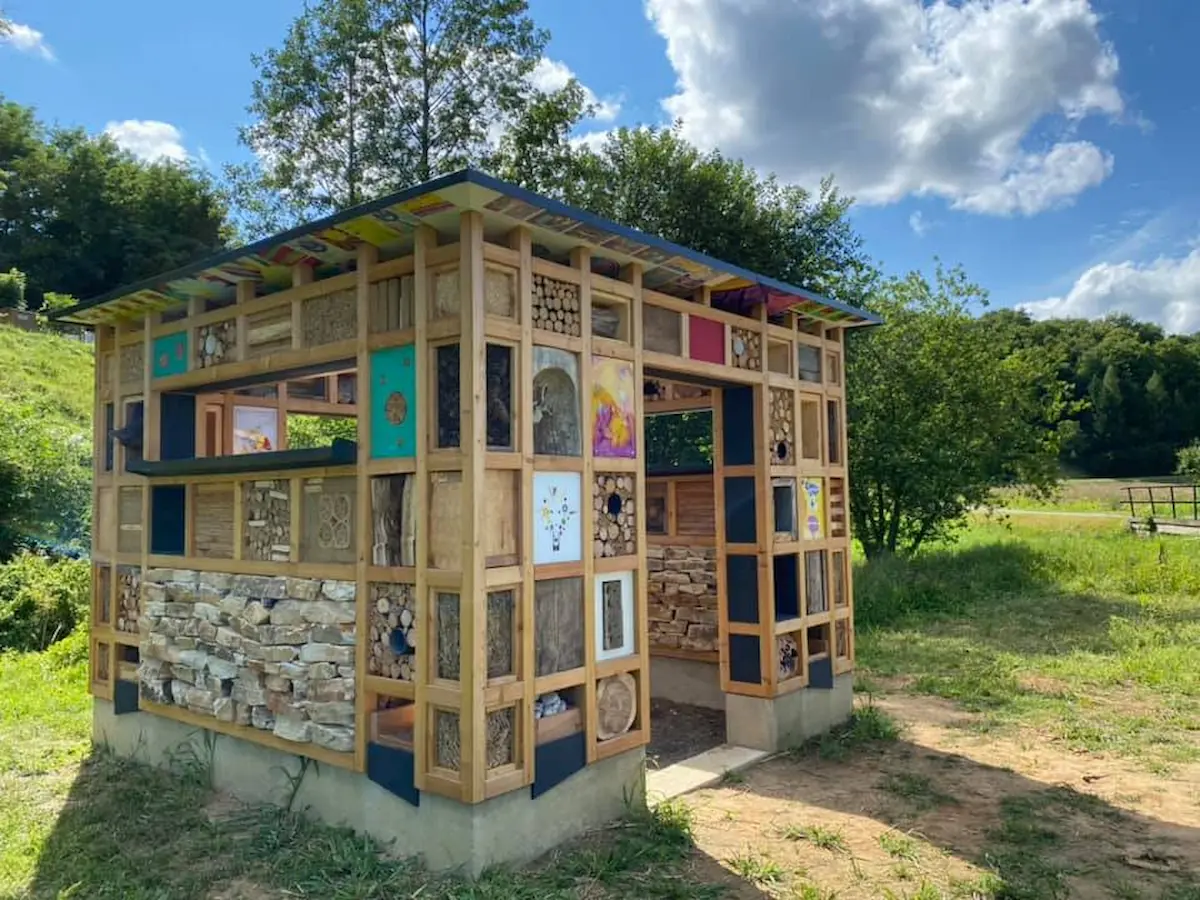
Targeted conservation measures also concern the preservation of an orchid meadow, where 24 protected plant species were identified as part of a biotope mapping. These include grass pea, chickweed, lesser orchid, burnt orchid, Pyrenean sheep's milk-vetch and central flaxleaf. Another ER habitat is located on a large contiguous orchard with old apple, cherry and walnut trees, which is not only maintained but also revitalized by the working group with old varieties typical of the region.
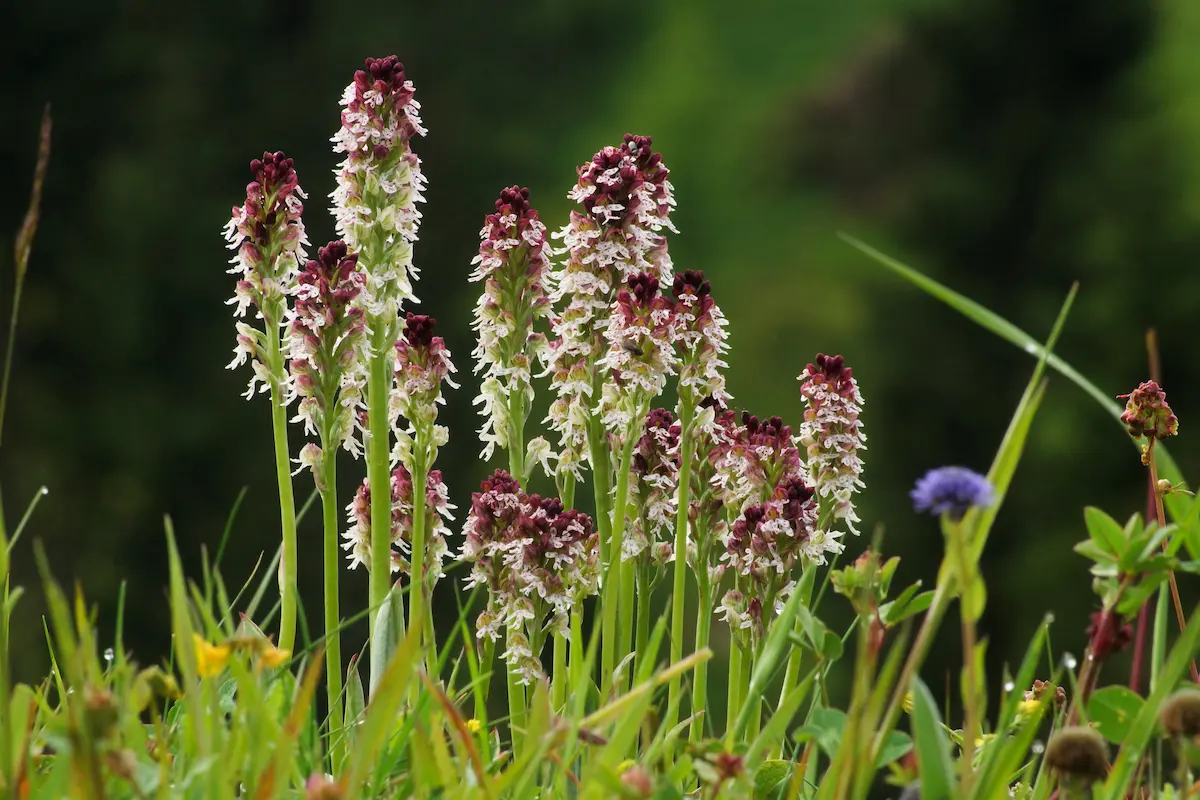
Other projects are dedicated to the preservation and improvement of habitats for amphibians, beetle species such as the red-legged groundhog and the now rare hoopoe, among others.
Thanks in particular to the commitment of Mayor Robert Hammer, a mighty black poplar tree around 25 meters high was saved from being felled in the 1990s. Today this giant, with a circumference of almost 10 meters the largest of its kind in Austria, has the status of a protected natural monument. Another special feature of the Unterlammer black poplar in the Oberlamm district is its age, which is estimated to be over 300 years, whereas its fellow species usually only reach 100 years. A tree surgeon now regularly looks after the old tree, from which seedlings have also been grown for offspring in your area in order to safeguard the valuable genetic material. Hildegard von Bingen recommended parts of the black poplar for use in various illnesses, and in folk medicine they were said to help with coughs and fevers.
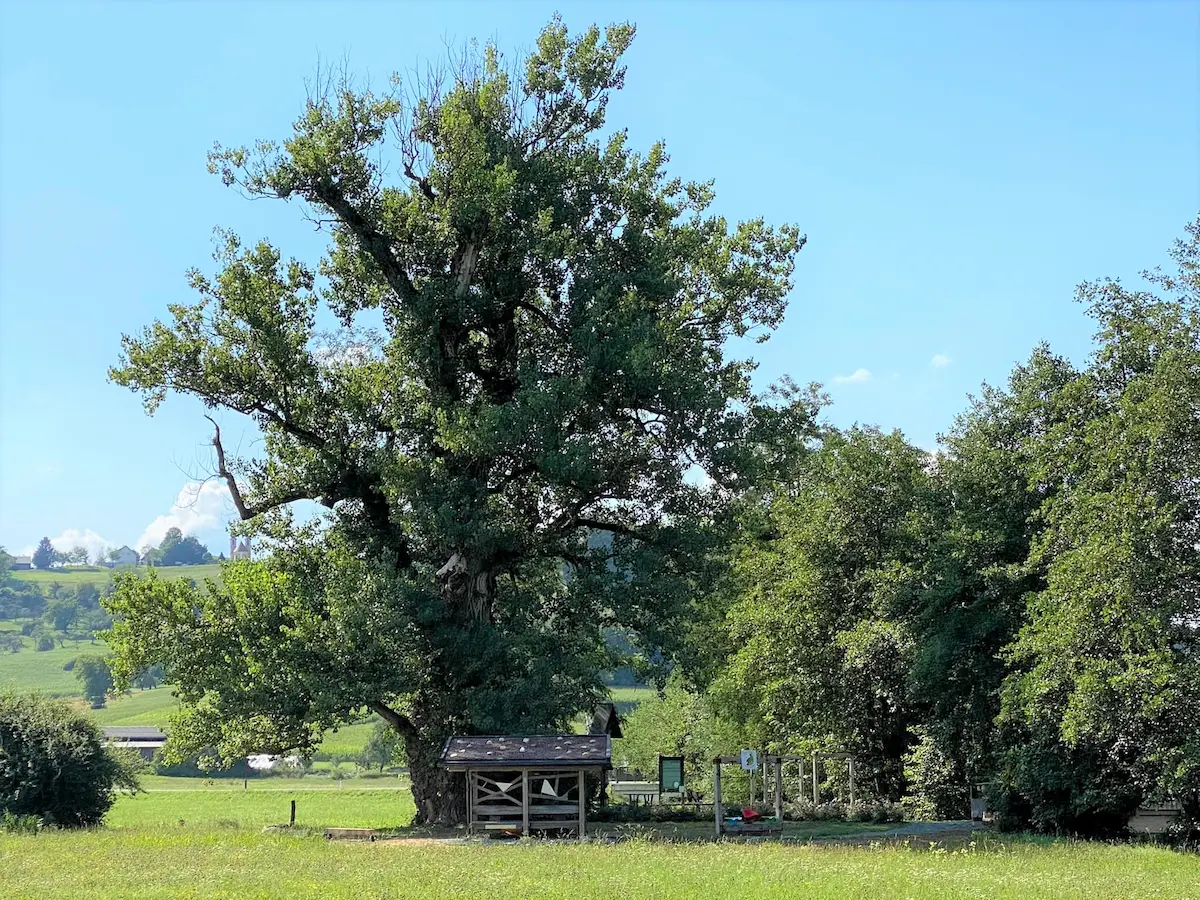
In general, the original wild form of the black poplar is an endangered tree species. This is due to the destruction of its natural habitat near watercourses and its genetic mixing with Canadian and bastard black poplars, which are cultivated in plantations. In Germany, the number of unadulterated specimens is estimated to be only a few thousand.
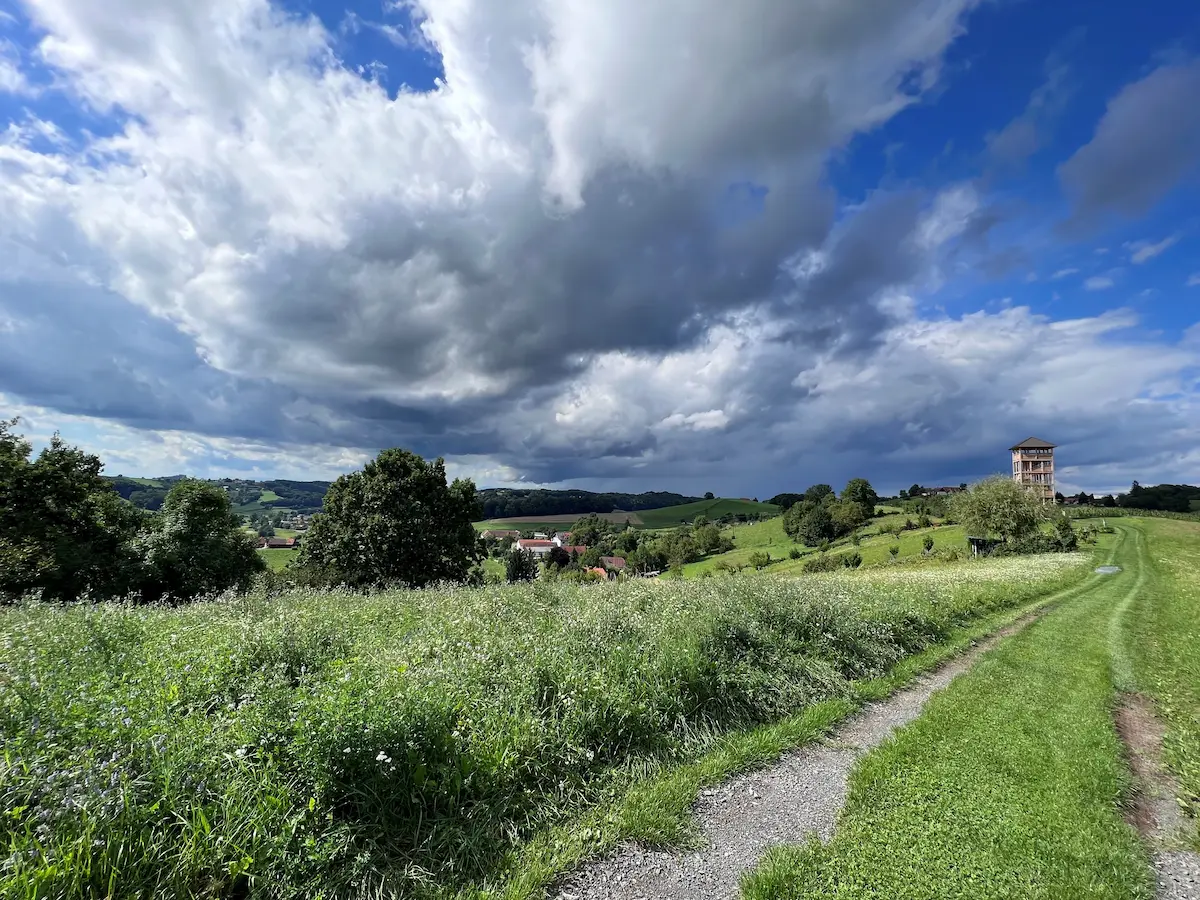
The municipality of Unterlamm offers its visitors impressive nature experiences, especially in spring. From a specially constructed lookout point, nature lovers can enjoy views of numerous extensively farmed meadows, near-natural hedges and old orchards. A perfect incentive to explore all 12 ER habitats.
Der UNESCO Biosphärenpark Unteres Murtal – ein wahres Naturjuwel
In 2019, the Lower Mur Valley river landscape was added to the list of UNESCO biosphere reserves. This is located in south-eastern Styria and parts of south-western Styria and is divided into a core, buffer and development zone covering a total of 13,180 hectares. Along the 33-kilometer stretch of river, the area forms the second largest contiguous alluvial forest in Austria.
The natural dynamics of the Mur are constantly creating new habitats for numerous endangered animal and plant species, including 300 different species of birds such as the white-tailed eagle, sand martin, kingfisher, sandpiper and black stork.
In addition to well-known fish species, there is also the golden stone biter with its striking pattern of spots and the mud biter, which can survive for weeks in the mud even in dried-out waters, as it is able to swallow air and absorb oxygen through its intestines.
Like twelve other protected areas, the UNESCO Lower Mur Valley Biosphere Reserve is part of the cross-border, globally unique ‘5 Countries Mura-Drava Danube Biosphere Reserve’, which was recognised by UNESCO in 2021. With an area of 930,000 hectares and 700 kilometres of river, it is Europe's largest contiguous river conservation area.
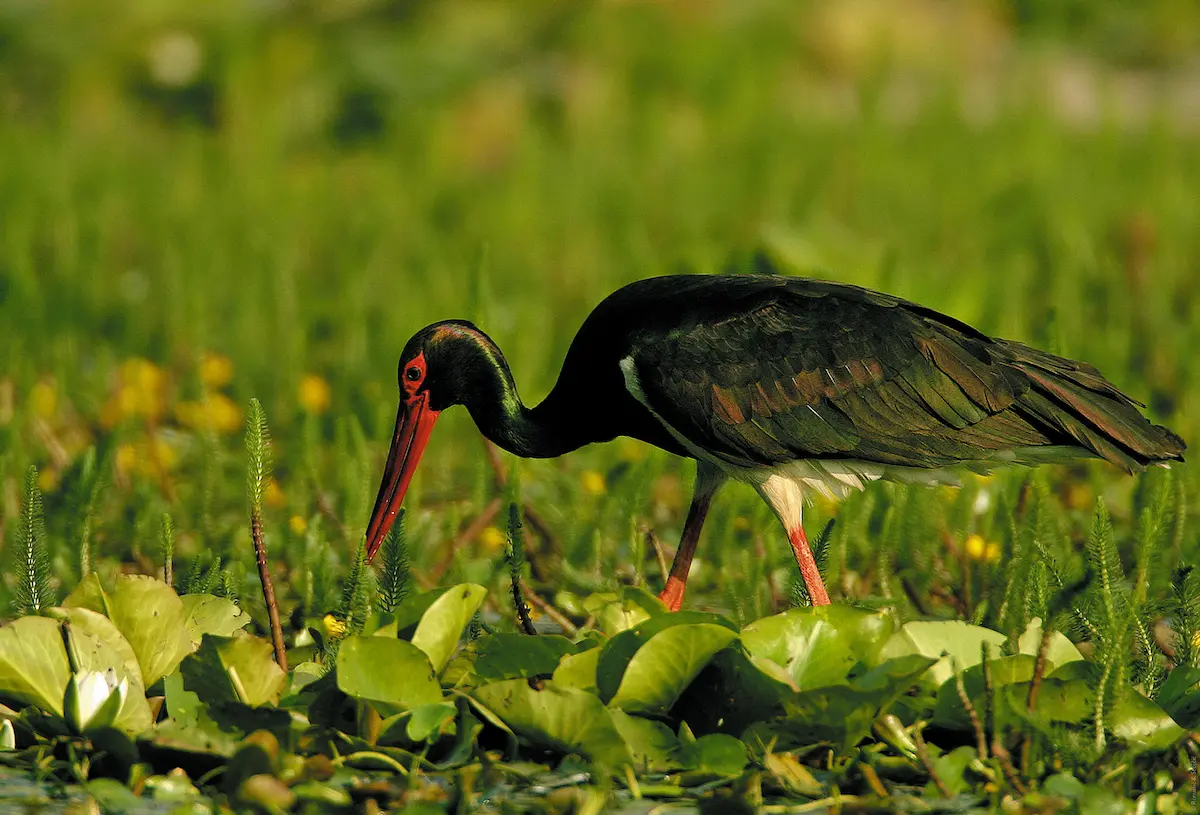
A leisurely 13-kilometre circular hiking trail near Bad Radkersburg leads visitors to the area through the unique riparian forest habitat. The special feature of this route, known as the ‘K13 Murauen Weg’, are the suggestions for movement and breathing exercises marked along 13 stages of the trail. These ‘nature resonance’ units are designed to strengthen the connection to nature. Depending on time, mood and fitness level, hikers can also take shortcuts via three signposted variants. Two variants are also suitable for pushchairs, making them attractive for families.
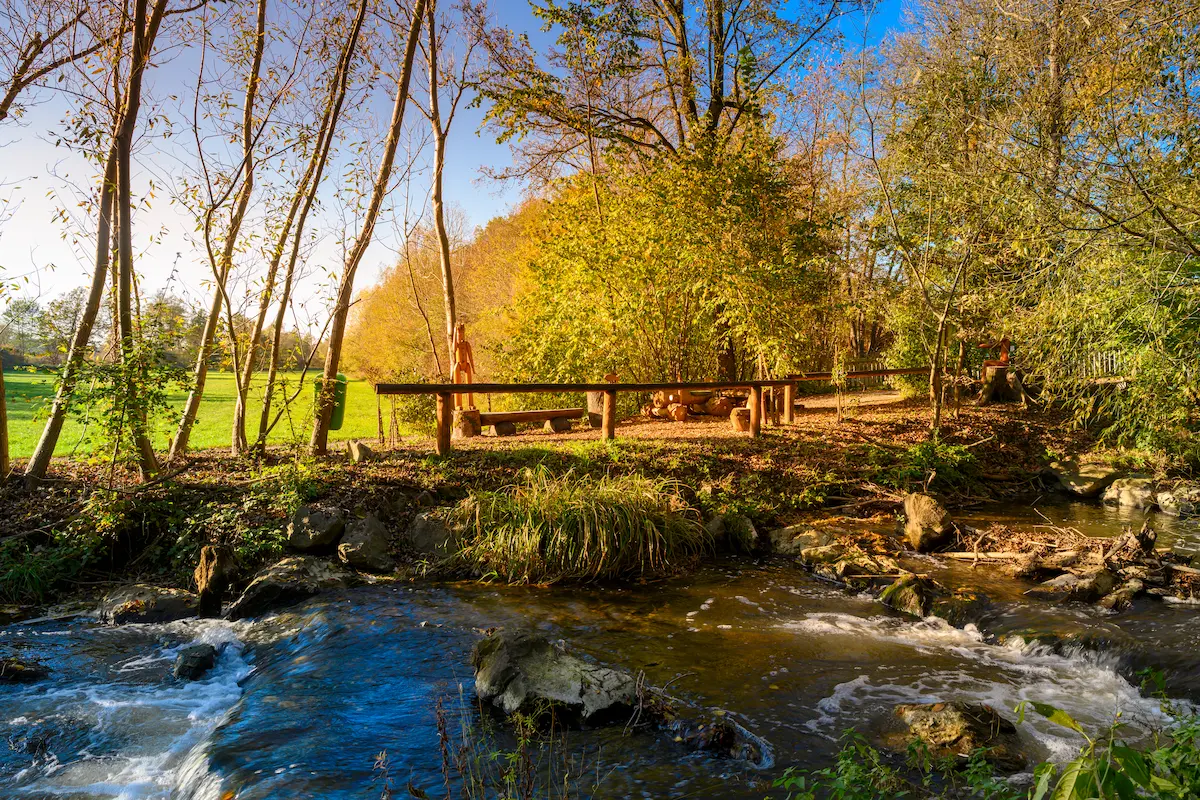
Cyclists and e-bikers can enjoy impressive views of the biosphere reserve on stage seven of the scenically varied 453-kilometre Mur Cycle Path, which leads from Leibnitz to Bad Radkersburg. And if you climb the 168 steps of the 28 metre high Mur Tower near Mureck, you can enjoy fascinating views of the Mur floodplains and parts of the ‘Green Belt of Europe’.
The Mureck Ship Mill is located in the middle of the floodplain landscape, right on the border with Slovenia. Built on the principle of a houseboat, this type of mill has the entire milling and grinding technology, including the drive, the well wheel, on a floating platform.
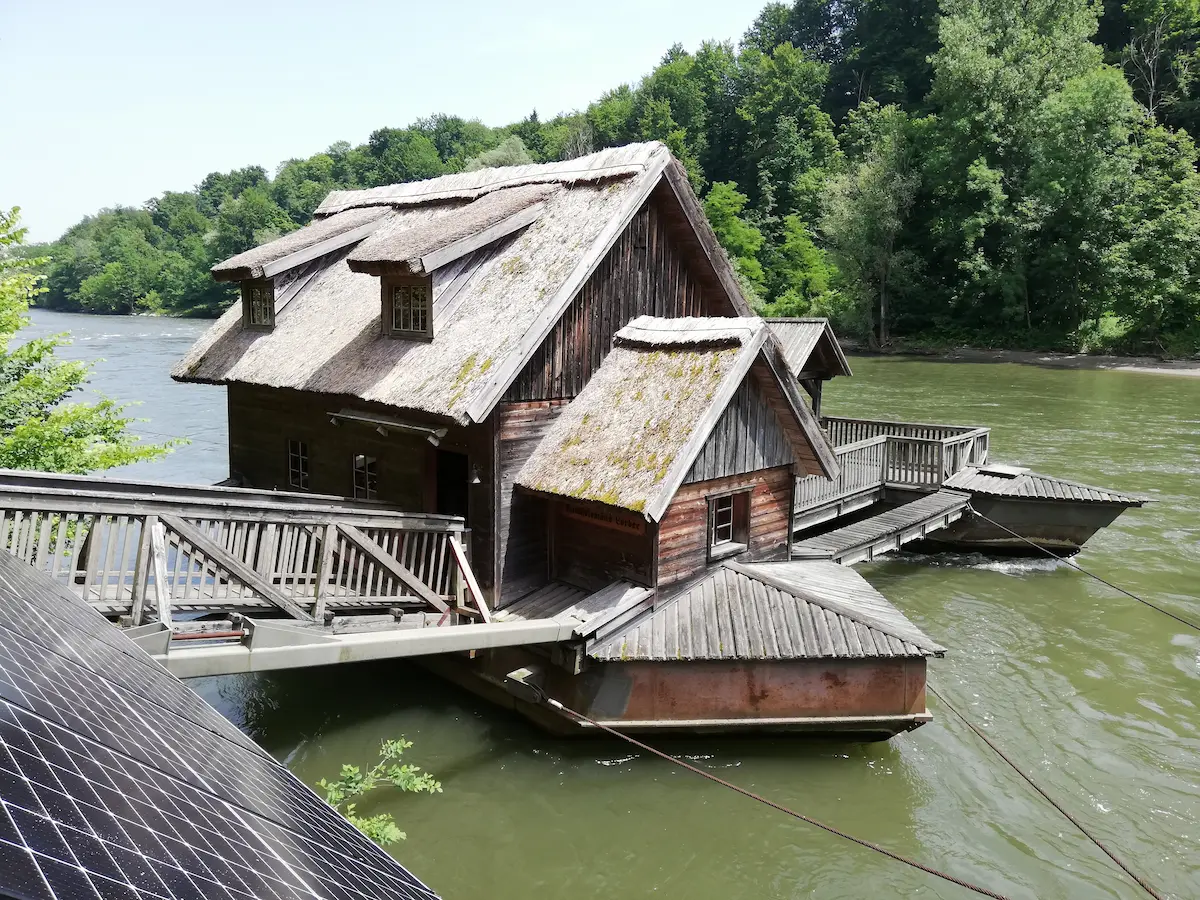
For centuries, the large wheels of the ship's mill turned on the lower Mur thanks to the water. It was rebuilt in 1997 according to the original model and is the only floating and functioning mill in Central Europe built in the traditional way.
Bird paradise on compensation areas
The transport infrastructure financing and operating company ASFINAG was obliged to acquire compensation areas as part of the construction of the Fürstenfeld motorway S 7. As these natural areas of 530 hectares represent a high value for biodiversity, 151 bird species have already colonised various areas within a short space of time.
One of the experts who ensure that the biodiversity of these bird paradises is documented second-hand and made accessible to the public is Josef Geiger. The passionate photographer has already captured many rare species in his pictures, including bee-eaters, wood sandpipers, kingfishers, ospreys, golden plovers, lapwings, spoonbills and little grebes. The ornithological star, however, is the white-tailed eagle, which has found a new home here.
One relatively small area in particular, at 15 hectares, has a special attraction for birdlife. Ornithologist Otto Samwald explains the reason for this: ‘The location, size and nature of this area are crucial to its success. We have a contiguous meadow area here, which also has a lot of wet meadows with floating islands and is therefore the ideal habitat for many animals."
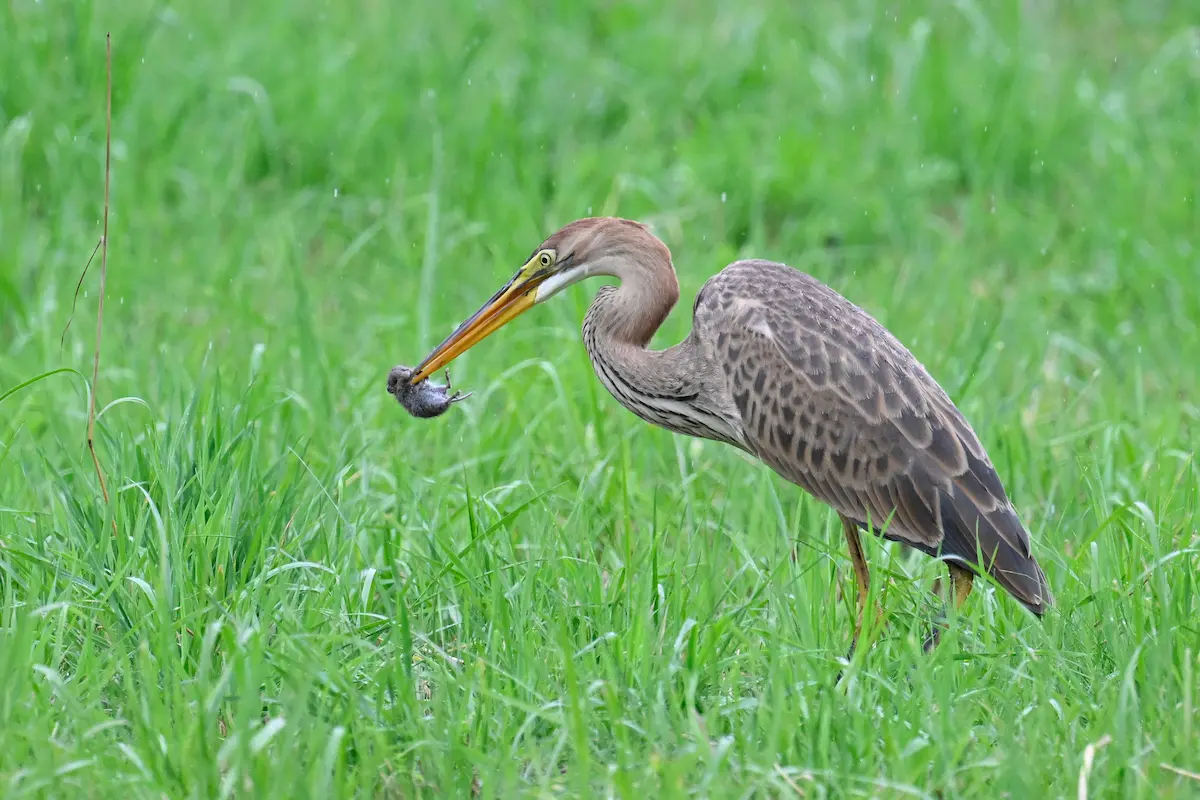
A dedicated eco-team monitors the area, which is mowed twice a year at ASFINAG's expense. In winter, willows are removed to prevent the meadow from becoming overgrown. In addition to numerous bird species, amphibians, including the rare green toad and many dragonfly species, have also found a new home.
Text: Peter Grett
Pictures:
Mura riverbank: Robert Sommerauer
Autumn landscape with vineyards: Robert Sommerauer
Pumpkins: Christian Thomaser
Blauracke: Michael Tiefenbach
Lesser scops owl: Wolfgang Hartmann
Insect hotel: Municipality of Unterlamm
Burnt orchid: Christoph Beyer
Black poplar: Municipality of Unterlamm
Observation point: Municipality of Unterlamm
Black stork: Mario Romulicm
Mur cycle path: Robert Sommerauer
Murecker Schiffsmühle: Lower Murtal Biosphere Park
Heron: Josef Geiger

